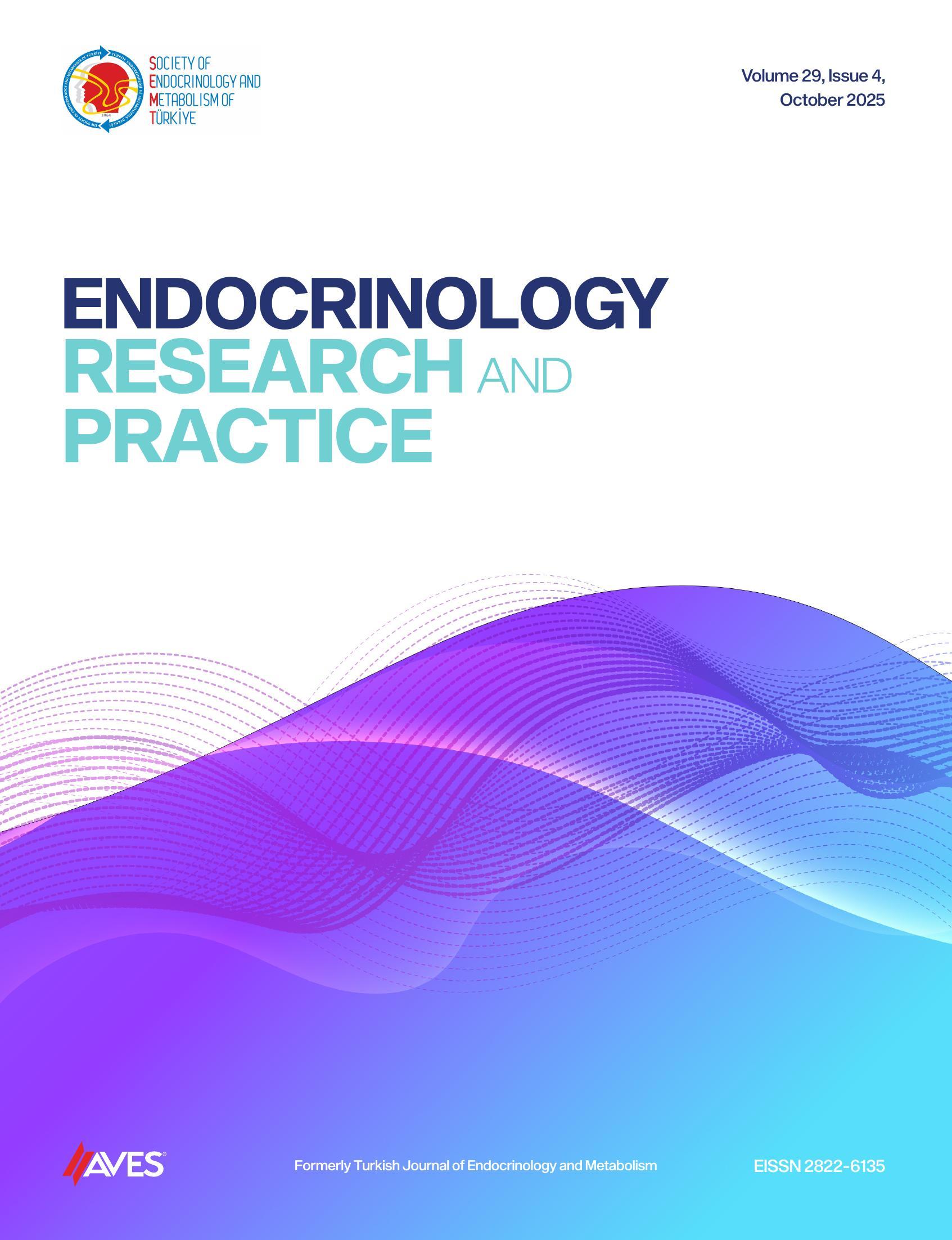Objective: This study aimed to evaluate the effectiveness of the self-learning capabilities of artificial intelligence (AI) algorithms. The hypothesis was that if the success of closed-loop insulin delivery is mainly attributed to AI algorithms, then the improvement in glycemic control would be more significant just after the “learning” phase.
Methods: The Medtrum A8 TouchCare® Nano system was used on 15 patients with type 1 diabetes. Daily continuous glucose monitoring (CGM) data pre-automated insulin delivery (AID) was statistically compared with the post-AID period.
Results: Patients (median age 32 (6-54) years, 40% female) had a median HbA1c of 8.4% (5.3-10.7) before initiation of AID and a median GMI of 6.6% (5.8-8.3) after 2 weeks. The shifts in glycemia and glycemic variability between the 5-day period pre-AID vs. the first day and the 3 5-day periods post-AID were significant (pre-AID vs. 1-5-10-15 days; time in range (TIR, %): 55.9 vs. 76.6-81.7-83.8- 81.5 (P = .001); Q1 (mg/dL): 123 vs. 112-108-106-110 (P = .009); Q3 (mg/dL): 204 vs. 176-173-168-169 (P= .004); inter-quarter range (IQR, mg/dL): 78 vs. 57.2-56.6-53-55 (P =.002)). The biggest shift in TIR was achieved in the first day (10.1%). Comparative analysis of the 5-day intervals post-AID was insignificant by means of the improvement in glycemia (P > .05). No significant change in glycemic parameters between 15, 30, and 90 days were noted (P > .05).
Conclusion: Artificial intelligence-augmented AID becomes effective at the very early stages of initiation. There is a need for further research into glycemic changes in the early days of AID initiation to better define the principles of initiating AID systems.
Cite this article as: Cetin F, Sukru Goncuoglu E, Abali S, et al. Early stage effectiveness of the automated insulin delivery system—is artificial intelligence really effective? Endocrinol Res Pract. Endocrinol Res Pract. 2025;29(2):101-106.

-1(1).png)

.png)